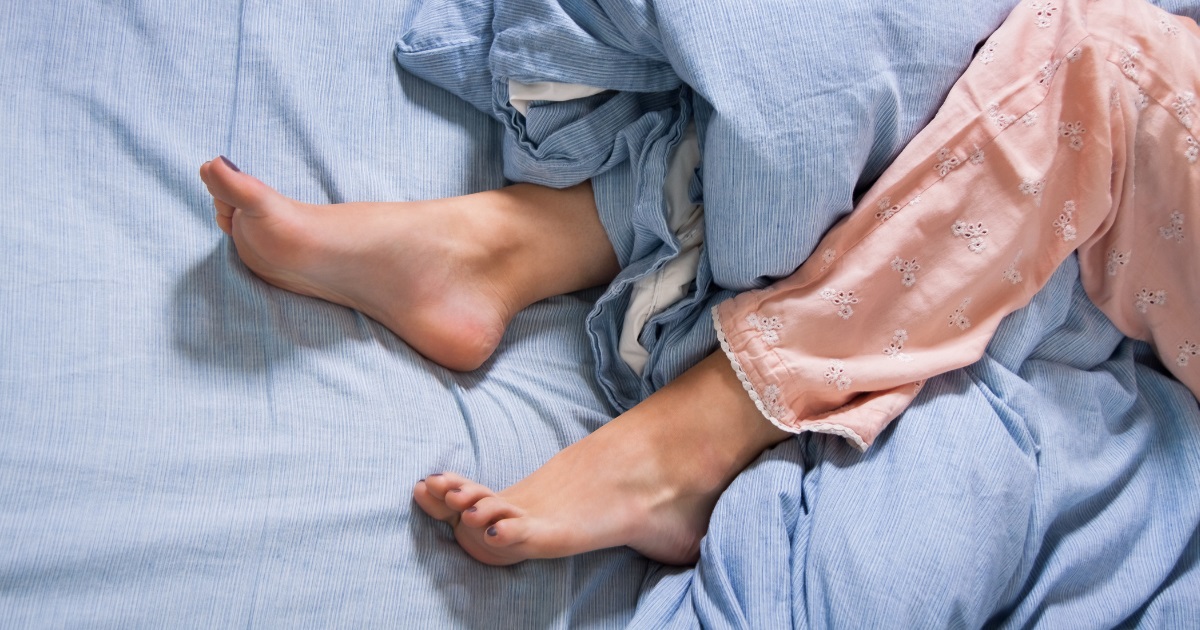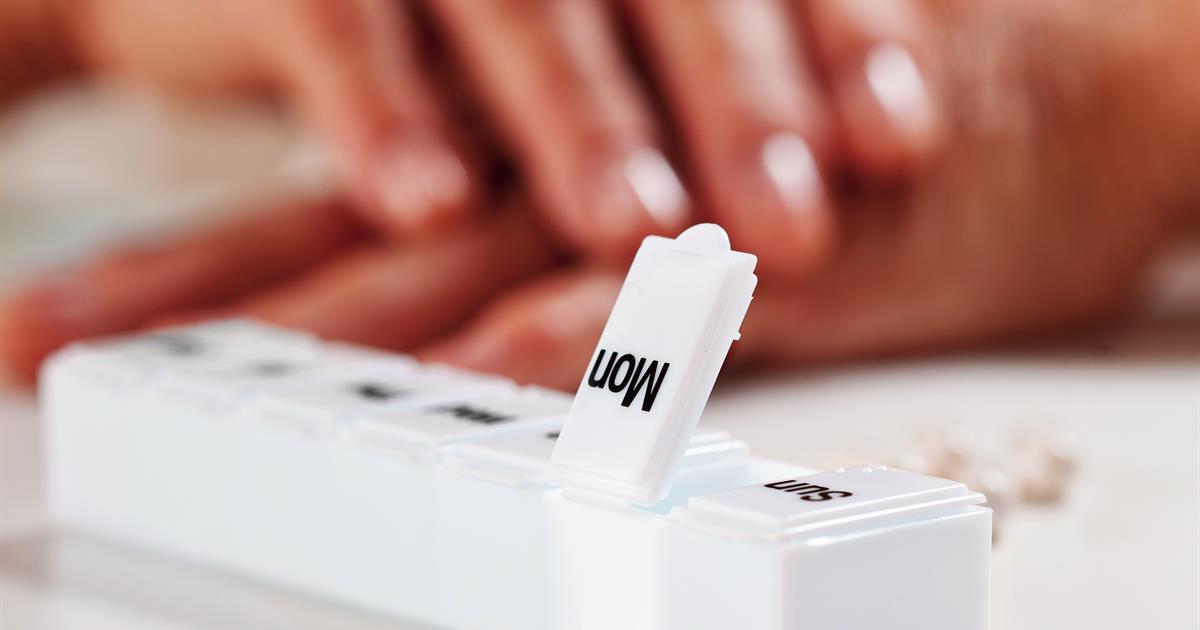Guide To Treating Peroneal Tendonitis
The peroneal tendons are essential parts of the structure of the leg. Each leg has two peroneal tendons, which run parallel to each other down the back of the lower legs. These tendons are important for stabilizing the ankles and the arch when walking. Peroneal tendonitis is a condition in which these tendons become inflamed as a result of friction between the tendon and the bone, often caused by overuse.
Peroneal tendonitis is very common among runners and other athletes. It is also common among individuals who increase their workouts suddenly, wear inadequate footwear, and use improper training techniques. Genetically speaking, individuals with higher foot arches and improperly balanced lower leg muscles are more likely to develop peroneal tendonitis as well.
Rest

The body is an amazing machine that can heal itself when allowed to do so. When peroneal tendonitis is caused by going too hard, too fast, good old-fashioned rest may just be the right way to heal it. While giving the ankle a break, patients may need to use a cane or crutches to help them get around. Pain will be the guiding force behind how far they can push themselves.
It will likely take several weeks for the peroneal tendons to heal enough for patients to not feel pain when walking. When this happens, exercise may begin again gradually. Remember, how much can be done will depend on whether or not it causes pain in the ankle. When training does resume, it is important to tweak treatment methods and footwear to prevent a repeat injury.
Medication

Nonsteroidal anti-inflammatory medications can be useful for reducing pain while the peroneal tendons are healing. They reduce the swelling around the tendon, which reduces the amount of friction. During the initial weeks of healing, Nonsteroidal anti-inflammatories and ice packs to reduce swelling are often the best things patients can do for a minor injury. Stronger pain medication may be recommended in more severe cases, but opioids are almost never used for peroneal tendonitis.
Topical creams are growing in popularity as a treatment for inflammation that avoids the potential side effects of oral medications. Although in the beginning stages of research, platelet-rich plasma therapy is being studied as a possible treatment for peroneal tendonitis. This involves taking a small sample of the patient's blood and spinning it a centrifuge until the healing factors and platelet-rich plasma are separated, after which the solution is injected directly into the problem area.
